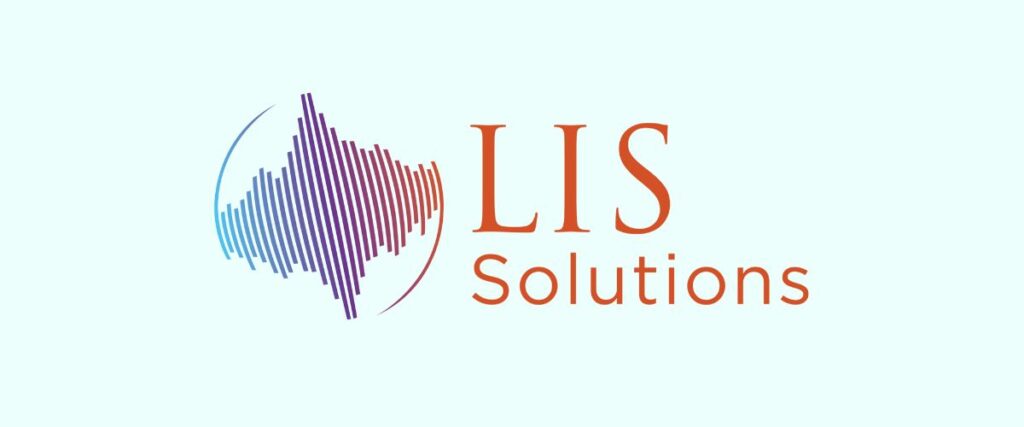Insider Market Research is thrilled to announce the publication of its latest report, titled “Global FPGA Security Market Size, Share, and Growth & Trends Analysis.” This report offers an in-depth look at the rapidly evolving Global FPGA Security Market, exploring its size, share, and growth trends across various sectors and geographic regions from 2024 to 2031.
According to the report, the Global FPGA Security Market was valued at USD $10.46 billion in 2023 and is projected to soar to USD $19.5 billion by 2031, marking a staggering compound annual growth rate (CAGR) of 10.8% over the forecast period.
FPGA Security Market Overview:
The global FPGA security market is witnessing significant innovations to address security vulnerabilities and enhance performance, driven by emerging technologies like AI and IoT. A notable development is Lattice Semiconductor’s December 2023 launch of the CrossLinkU-NX FPGA family with integrated USB device functionality, simplifying designs for various sectors and meeting the demand for efficient AI and vision applications. Additionally, Microchip Technology Inc. introduced a mid-range industrial edge stack featuring customizable cryptography and boot libraries, aimed at enhancing FPGA security and aiding the transition to secure PolarFire devices. Intel Corporation’s partnership with Taiwan Semiconductor Manufacturing Company exemplifies efforts to boost chip production capabilities for high-performance computing and graphics, improving FPGA application security and performance across industries. The FPGA security market is projected to reach approximately USD 4.94 billion by 2032, fueled by the adoption of AI and IoT technologies. However, security concerns like side-channel attacks (SCAs) remain a critical challenge, exploiting physical characteristics in FPGAs and necessitating ongoing research into countermeasures such as masking and shielding to protect sensitive information. As the FPGA security market evolves, integrating advanced functionalities and enhancing security measures are pivotal to meeting the demands of modern applications and addressing vulnerabilities, ensuring continued growth and innovation in the industry.
FPGA Security Market Dynamics:
Growth Drivers:
1. Increasing demand for data security:
With the proliferation of connected devices and the rise of the Internet of Things (IoT), securing data has become paramount. Field-Programmable Gate Arrays (FPGAs) offer robust and adaptable solutions for implementing advanced cryptographic algorithms and securing data in transit and at rest. Their reconfigurability allows for real-time updates to counteract emerging threats, making them an attractive option for industries prioritizing data security, such as finance, healthcare, and defense. The growing awareness and necessity for enhanced security measures across various sectors are driving the adoption of FPGA-based security solutions.
2. Advancements in FPGA technology
Continuous technological advancements in FPGAs are significantly contributing to market growth. Improvements in processing power, energy efficiency, and integration capabilities have expanded their application scope, particularly in security. Modern FPGAs can handle complex encryption tasks and support the development of highly secure systems with lower latency and higher performance. These advancements make FPGAs more appealing for critical applications requiring robust security, fostering increased adoption in sectors like telecommunications, automotive, and industrial automation.
3. Rise in cybersecurity threats
The increasing frequency and sophistication of cyber-attacks have heightened the need for advanced security solutions. FPGAs provide a flexible and powerful platform for developing security protocols and encryption methods that can be tailored to specific needs and updated in response to new threats. Their ability to perform parallel processing makes them suitable for handling large-scale data encryption and decryption tasks efficiently. As organizations seek to protect sensitive data and maintain the integrity of their systems, the demand for FPGA-based security solutions is expected to grow.
Restraining Factors:
1. High costs of FPGA implementation:
The initial cost of FPGA devices and the associated development tools and resources can be significantly higher compared to other security solutions. This financial barrier can be particularly challenging for small and medium-sized enterprises (SMEs) with limited budgets. Additionally, the complexity of FPGA programming requires specialized skills, which can add to the overall implementation costs. These factors can deter potential adopters and slow down the market growth, especially among cost-sensitive businesses.
Opportunity Factors:
1. Integration with emerging technologies:
The integration of FPGAs with emerging technologies such as artificial intelligence (AI), machine learning (ML), and 5G offers significant growth opportunities. FPGAs can enhance the performance and security of these technologies by providing high-speed data processing and advanced encryption capabilities. For instance, in AI and ML applications, FPGAs can accelerate data analysis while ensuring the integrity and confidentiality of the processed data. The adoption of 5G networks, which require secure and efficient data transmission, can also drive the demand for FPGA-based security solutions.
2. Expansion in emerging markets:
The growing industrialization and digital transformation in emerging markets present substantial opportunities for the FPGA security market. As these regions modernize their infrastructure and adopt new technologies, the need for robust security solutions becomes critical. Governments and enterprises in emerging economies are increasingly recognizing the importance of cybersecurity, leading to greater investments in advanced security technologies. FPGAs, with their versatile and high-performance capabilities, are well-positioned to meet the security needs of these developing markets.
Challenges:
1. Complexity in design and implementation:
Designing and implementing FPGA-based security solutions can be complex and time-consuming. The reconfigurable nature of FPGAs, while advantageous, requires in-depth knowledge and expertise in hardware design and programming. This complexity can lead to longer development cycles and higher costs, posing a challenge for organizations looking to quickly deploy security solutions. Ensuring that FPGA designs are optimized for performance and security without compromising on efficiency adds another layer of difficulty for developers and engineers.
FPGA Security Market: Segmentation
By Technology:
- SRAM
- Flash
- Antifuse
By End User:
- IT & Telecommunications Consumer
- Electronics
- Military and Aerospace
- Industrial
- Automotive
- Other
Recent Developments:
- In June 2024, -With the introduction of two new solutions to address customer concerns over growing threats to system security, leading low power programmable semiconductor manufacturer Lattice Semiconductor (NASDAQ: LSCC) today strengthened its position in security-focused hardware and software. The business unveiled the Lattice MachXO5DTM-NX series of sophisticated secure control FPGAs, which includes fail-safe remote field updates for dependable and secure product lifecycle management, crypto-agile algorithms, and hardware root of trust features with integrated flash. Lattice also unveiled the most recent iteration of its Lattice SentryTM solution stack, which includes new features that enable users to outfit clients with adaptable FPGA-based platform firmware resiliency (PFR) solutions that support the MachXO5D-NX family.
- In March 2024, the most recent addition to AMD’s line of cost-optimized FPGAs and adaptable SoCs is the Spartan UltraScale+ FPGA series. Edge sensing and control applications can benefit from any-to-any connection with to the family’s up to 572 I/Os and 3.3V voltage compatibility. High I/O density in an ultra-compact footprint is made possible by the 16nm fabric and support for a wide range of packages, starting as small as 10x10mm.
- In April 2024, the independent field gate array (FPGA) startup Altera was introduced by Intel. 2015 saw Intel purchase FPGA manufacturer Altera. As Intel’s Programmable Solutions Group (PSG), the business has been in operation. For the group, Intel had stated in October 2023 that it intended to create a stand-alone business. Although Altera’s FPGAs are made to better intercept emerging standards like PCI Express, CXL, and 6G wireless, its FPGA AI Suite and OpenVINO platforms use AI to generate optimised intellectual property based on common frameworks like TensorFlow and Pytorch.
FPGA Security Market: Key Players
- Achronix Semiconductor Corporation
- AMD
- Xilinx Inc.
- Teledyne Technologies Incorporated
- Quicklogics Corp.
- Microchip Technology Inc.
- Lattice Semiconductor
- Cypress Semiconductor Corporation
- Intel Corporation
- Texas Instruments Incorporated










![[Source-artfertilityclinics.com]](https://insidermarketresearch.com/wp-content/uploads/2024/10/4-Global-Addiction-Treatment-Market-Press-Release-Source-artfertilityclinics.com_.jpg)

![[Source-accesswire.com]](https://insidermarketresearch.com/wp-content/uploads/2024/10/1-ESD-Protection-Devices-Source-accesswire.com_.jpg)